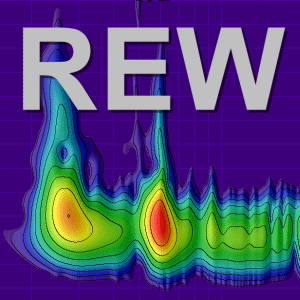I've been using REW for audio interface and amplifier distortion measurements and following threads at AudioScienceReview. One ADC specifically for hardware measurements, the E1DA ADCiso that I purchased, has an option to combine stereo inputs into mono that when used with a splitter to both inputs provides an additional 3db improvement in its inherent noise impact. That triggered my test of using a splitter into my PC for testing and using the REW Virtual Balanced option in Sum mode. This produced a 2.1dB noise improvement with better even-order harmonic component results. I suppose 1.2dB may be due to the two channels that are not perfectly matched.
Two, when using the Diff mode that is used for pseudo-balanced use, the noise is then calculated against the difference which makes the distortion components very high in comparison. I don't see a benefit for distortion testing in Diff mode, but if that diff magnitude could then be graphed as the fundamental in some way it would be useful for measuring channel imbalance. It may not be worth the effort, that I understand. The HD components are displayed with the fundamental being used for normalization of the HD components, but having for the Diff mode it would be another piece of data for analysis.
My results can be found here.
Edit: Question 2 was spur-of-the-moment. It's not valid for the RTA, but would be for the S-THD or a normal measurement.
My results can be found here.
Edit: Question 2 was spur-of-the-moment. It's not valid for the RTA, but would be for the S-THD or a normal measurement.
Last edited:














